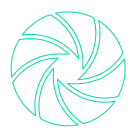Dr. Franky Mulloy is a Lecturer in Biomechanics at the University of Lincoln’s School of Sport and Exercise Science, where he heads up the Business Lincolnshire Motion Capture Hub and is the Principal Investigator for two, 3-year Knowledge Transfer Partnership (KTP) grants: one on domestic trampoline development, and the second on load carriage systems with the police and military.

I have used a number of different motion capture systems, but I like Motion Analysis for the quality of data produced; the software interface; the customer support; and the ability a user has to change and customise a lot of capture settings.”

Dr. Franky Mulloy
Lecturer in Biomechanics, University of Lincoln
Seamless integration for innovative industrial applications
The Motion Capture Technology Hub, also known as the Mocap Hub, at the University of Lincoln, is designed to help any business or sector that requires the quantification of movement, whether it be in a clinical setting, physiotherapy, engineering or more. It has three areas of focus, namely: human-equipment interaction; the manufacturing process; and injury prevention in people.
The space is 12m x 6m with a high ceiling and 17 wall-mounted cameras, which are a combination of Raptor 12s and Raptor-Es. Portable force plates, and a Delsys Galileo EMG decomposition system with 6 sensors that are all synchronised through the Motion Analysis system.
“I mostly use standard motion capture to track kinematics, with integrated force plates, but recently, I also synchronised Delsys systems to incorporate EMG decomposition.The seamless integration of Motion Analysis software with multiple systems is incredibly useful as it gives us greater flexibility for industry engagement to support research and development processes.”
Motion Analysis software integrates with a wide range of third party tools including AMTI Force Platforms, Delsys EMG systems, Kistler Force Platforms, National Instruments (M, MX and C-Series devices), Tec Gihan Digital Platforms, Tobii Pro2 Glasses, Basler GigE cameras, and Flir (Point Grey) cameras.
Customization capabilities with Cortex
Cortex enables accurate and precise low-latency measurement of kinetic movement and body angles, so industrial users can effectively identify and correct ergonomic issues that lead to injury, or design more effective ergonomic products.
With this system, Dr. Mulloy is able to engage with exciting projects, such as working alongside a global tactical vest manufacturer, using biomechanics and motion capture to alter the fit of the vests in order to reduce neck strain in highly dynamic activities.
“Biomechanics is about reliability and validity of data. Motion Analysis has a lot of versatile and customisable software options. Once you know the different functions and settings of the software, you can manipulate them for tracking, and collect excellent data in a variety of settings and scenarios. I regularly tweak the tracking settings as it allows me to undertake varied data collections for different applications, but with clear kinematic tracking.”
Increased efficiency through batch processing
Dr Mulloy, alongside Dr. Oliva Brown, is also currently working on science to underpin trampoline design with a global trampoline manufacture, Plum Products Ltd, and previously completed a 7-month longitudinal study with dancers, using biofeedback with four core ballet skills. The aim of this research was to improve performance in jumps and balances, and prevent injury in leap landing. Often these studies will require large data sets and multiple trials.
Cortex enables a significantly larger amount of data to be collected compared to traditional techniques, reducing overall lab time and data processing.
“As a research group we deal with large data, and for a range of different uses. It’s very time consuming to have to clean up data after you’ve had 5000 or more trials. But being able to batch code things means you can do that autonomously, which saves us time.”
Using Motion Analysis tech to set world records
The Mocap Hub isn’t only trying to design safer equipment and smarter ballet moves to prevent injury prevention. Turns out, they’re looking to help adaptive athletes set some world records too. Recently they used Motion Analysis software to assess the range of motion on rower Kelda Woods and guide adapting the boat so she could attempt to be the first adaptive athlete to row the Atlantic solo.
About Motion Analysis
Motion Analysis has been trusted by researchers, educators, coaches, and physical therapists around the world for over 35 years. Choose from a range of powerful out-of-the-box modules or customize the system to meet your needs. Either way, you’re guaranteed accurate data collection and translation, instantly.
Motion Analysis is a leading manufacturer of high-performance optical instrumentation systems that test and measure the movement of objects. Our systems evaluate motion in a wide variety of industries, including animation production, broadcasting, movement analysis, and industrial.
Motion Analysis is headquartered in California, with an office in the UK and resellers around the world.
Want to create a world-class movement analysis facility using superior motion capture technology?
To learn more visit https://www.motionanalysis.com/movement-analysis/











